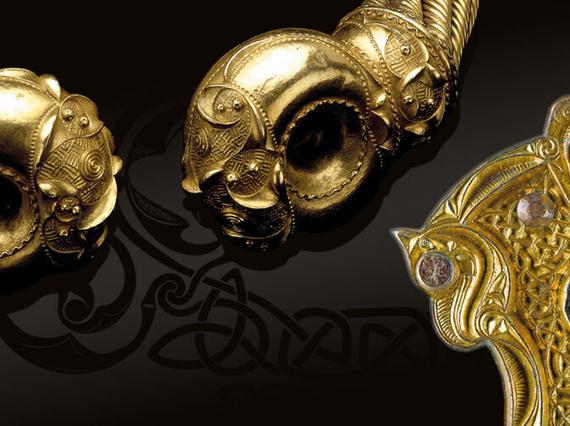
About Celts
The idea of a shared Celtic heritage across ancient Europe retains a powerful hold over the popular imagination. But many common ideas about the people known as ‘Celts’ are in fact more recent re-imaginings, revived and reinvented over the centuries.
This major exhibition, organised in partnership with the British Museum, unravelled the complex story of the different groups who have used or been given the name ‘Celts’ through the extraordinary art objects they made and used.
Spanning more than 2,500 years, the exhibition explored history through these powerful decorated objects and examined how art styles have changed considerably over time, often flourishing during periods when different cultures came into contact.
The exhibition displayed magnificent Iron Age treasures adorned with intricate patterns and fantastic animals, rich with hidden meanings, which were used for feasting, religious ceremonies, adornment and warfare. It also explored how these distinctive art styles were transformed and took on new influences in response to the expanding Roman world and the spread of Christianity, and examined how the decorative arts of the late 19th century were inspired by different ideas about Europe’s past, and played a key role in defining what it meant to be Irish, Welsh, Scottish and British.
Featuring more than 300 treasured objects from across the UK and Europe, assembled together in Scotland for the first time, the exhibition provided a unique opportunity to explore the idea of ‘Celts’ as one of the fundamental building blocks of European history.
To complement the exhibition the British Museum and National Museums Scotland are lending two unique Iron Age mirrors to five partner museums across the UK in 2015-16.
Object highlights
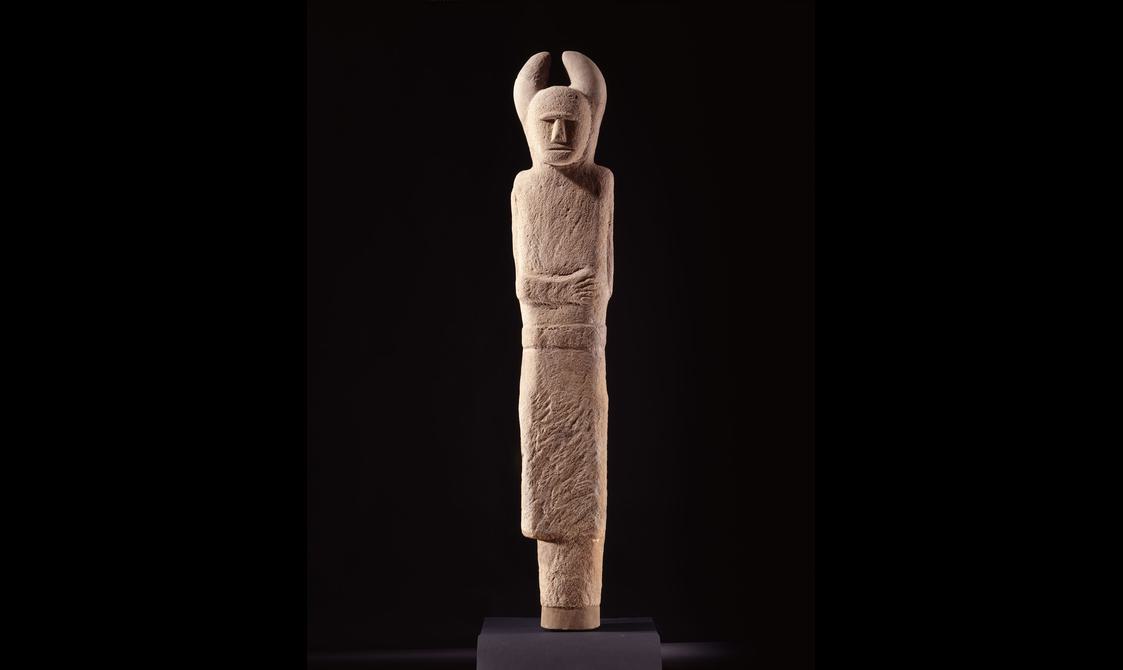
Double-faced horned Iron Age statue, perhaps representing a god. Holzgerlingen, Germany, 4th–2nd century BC. © P Frankenstein/H Zwietasch, Landesmuseum Württemberg, Stuttgart.
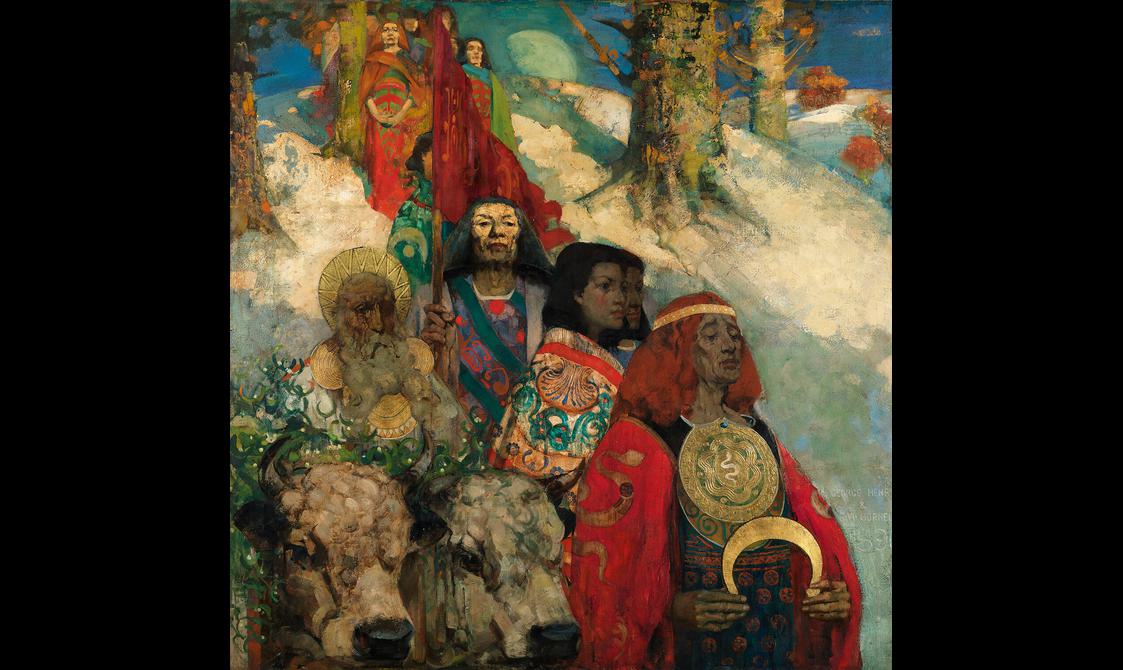
The Druids: Bringing in the Mistletoe (1890) by George Henry and Edward Atkinson Hornel. © CSG CIC Glasgow Museums Collection.
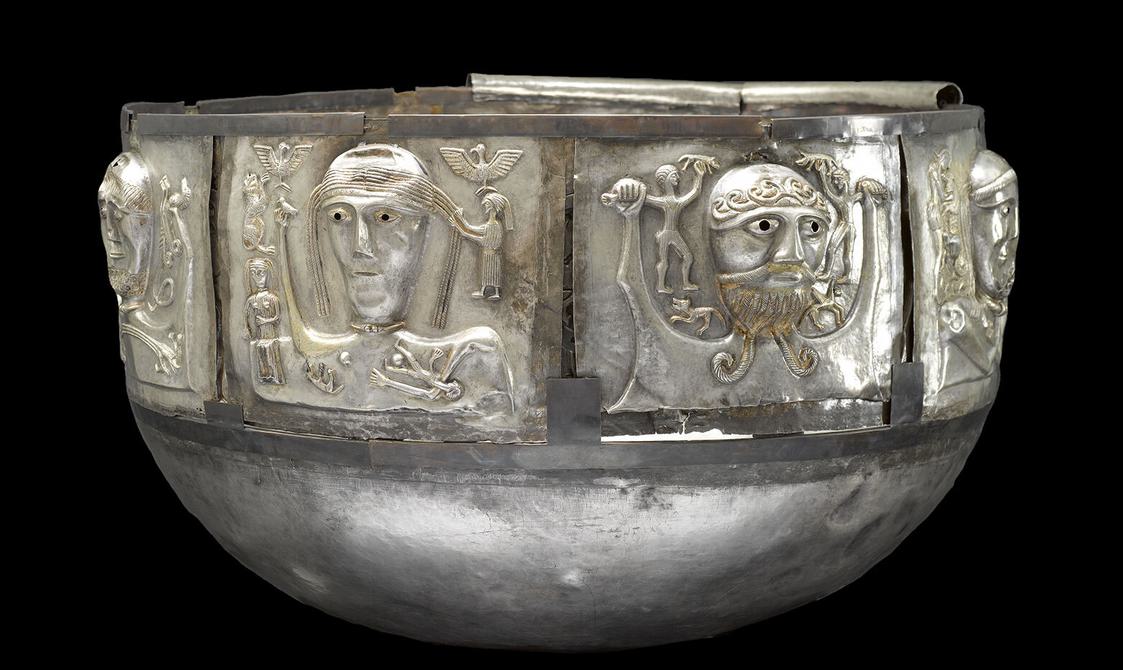
The Gundestrup cauldron. Iron Age, c. 100 BC–AD 1. Found in Gundestrup, northern Jutland, Denmark. © The National Museum of Denmark.
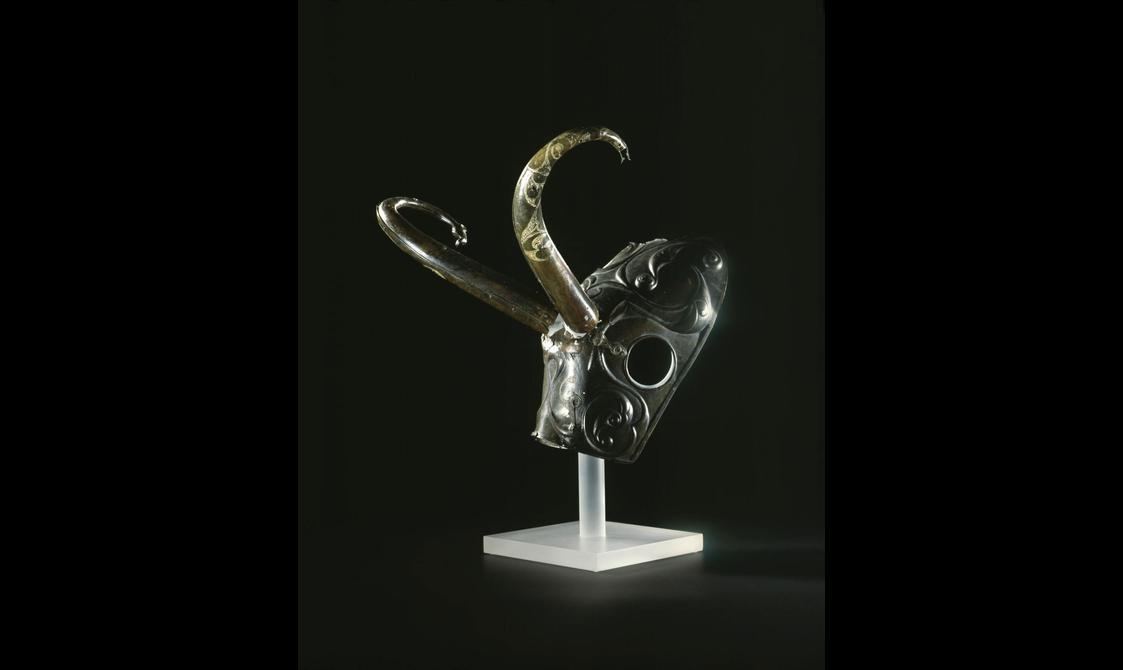
Bronze mask or chamfrain found in a moss at Torrs, Kelton, Kirkcudbrightshire, 300 - 100 BC.
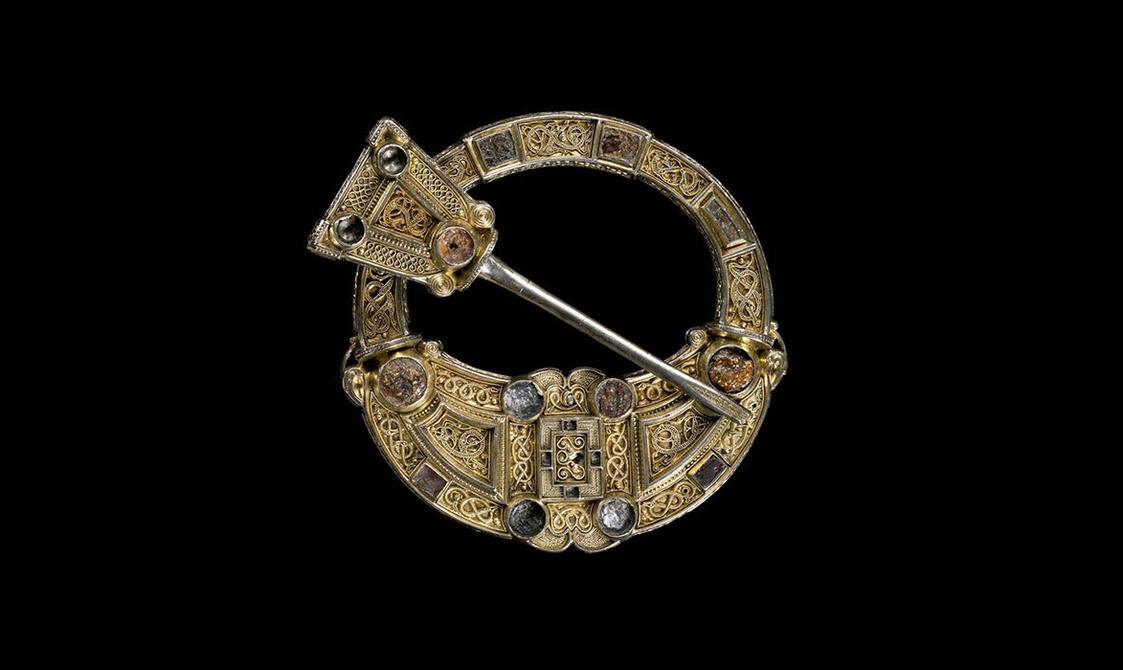
Hunterston Brooch, an early Christian brooch with panels of gold filigree in Celtic and Anglo-Saxon styles, from Ireland or the West of Scotland, c. 700 AD. Museum reference X.FC 8.
Behind the scenes at the exhibition
Ever wondered what an ancient Celtic war horn sounds like? Or how to wear an Iron Age torc that weighs over 1kg? Exhibition curators Julia Farley and Fraser Hunter introduce some key objects from the exhibition in this Periscope film.
You might also like
- Discover
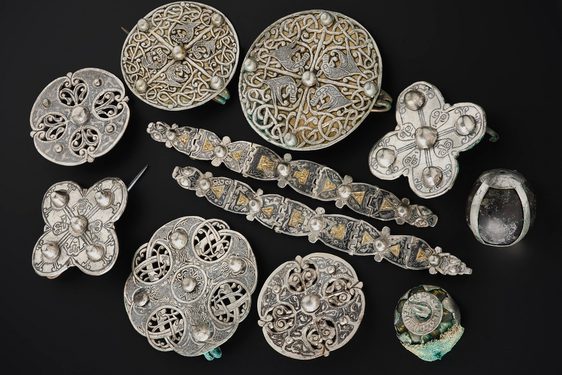
Understanding hoards in the Viking Age
To understand the Galloway Hoard, we need to understand the the world around AD 900. Historical context and comparisons with other Viking-age hoards is essential. We lay out what a hoard is, how historians and archaeologists have…Keep reading - Discover

A 19th century guide to constellations
Written by Dr Rebekah HiggittHow well do you know your stars? Learn how to identify constellations like an aspiring astronomer in the 1800s with help from Urania’s Mirror.Keep reading - Discover
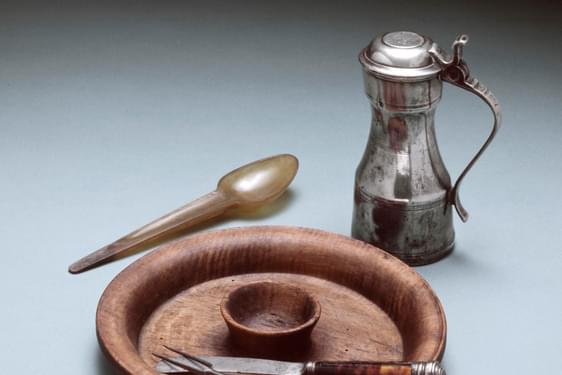
The 'tappit hen': A drinking vessel used during the lifetime of Robert Burns
These pewter drinking vessels were common in eighteenth century Scotland’s public houses because they were relatively cheap to make and could withstand use and, perhaps, abuse.The name ‘tappit hen’ is derived from the distinctive…Keep reading